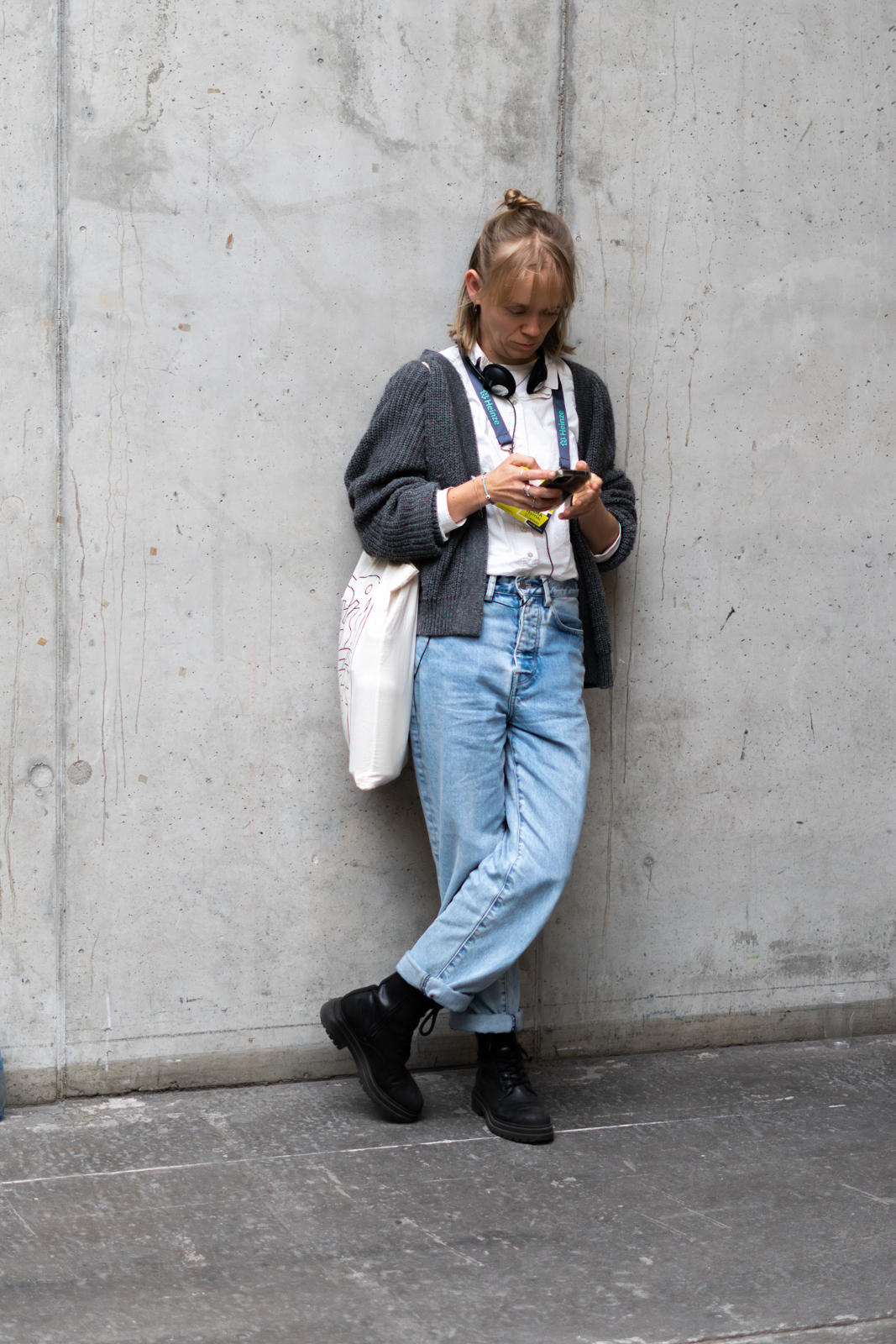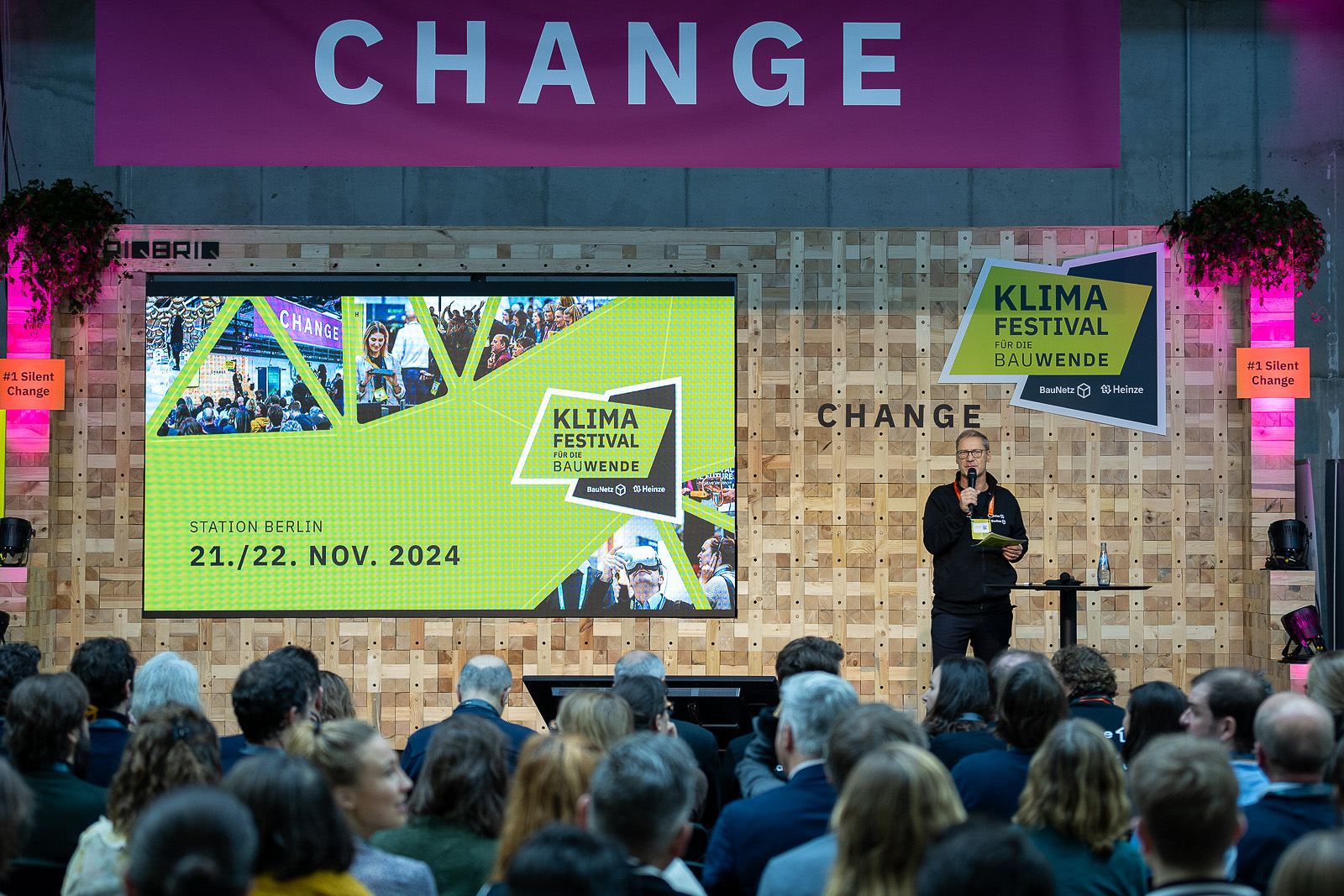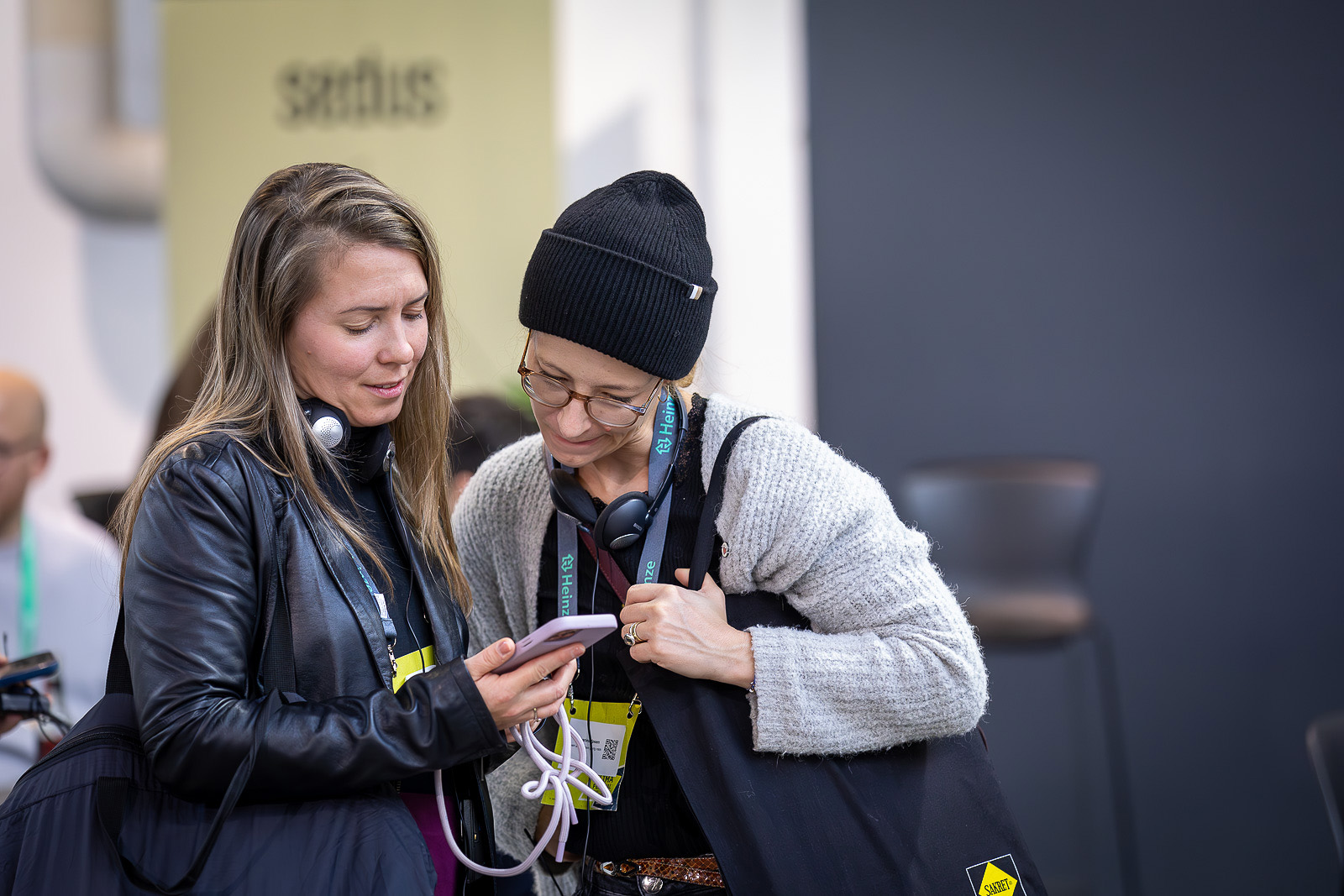
Record number of visitors at the Klimafestival 2024: Construction industry presented sustainable solutions for circular construction
Circular construction with resource-saving technologies and appropriate solutions – these were the key demands of speakers and exhibitors at this year's Klimafestival for the construction transition at the STATION am Gleisdreieck in Berlin.
The event began with a wake-up call: Renowned nature photographer Markus Mauthe opened the Klimafestival 2024 with a visually powerful lecture on the devastating consequences of climate change in various regions of the world.
Climate change: This isn't an abstract, looming threat on the horizon. We're in the middle of it. We must act. This conviction united 130 exhibitors, 160 speakers, 22 initiative partners, and more than 3,600 visitors at the Klimafestival in Berlin.

The construction revolution requires an interaction between politics, business and society
This was emphasized by Andrea Gebhard (BAK), Dr. Antje Eichler (Construction Industry), Anastasija Radke (Association for Building in Existing Structures), Dr. Katharina Reuter (Federal Association for Sustainable Economy), and Dr. Ipek Ölcüm (Industrial Association for Earth Building Materials) in their opening keynote speech. They called for greater ecological awareness, social justice, and democratic participation.
Andrea Gebhard made a strong appeal for the repurposing of existing buildings and material savings. Antje Eichler emphasized the importance of sustainable products , while Katharina Reuter highlighted the financial benefits of the construction revolution, such as lower energy costs. Anastasija Radke and Annabelle von Reutern examined the construction revolution from a feminist perspective, calling for greater gender equality, courage, and perseverance . Ipek Ölcüm advocated for hybrid building materials .
The message was clear: The construction revolution can only succeed together!

The Senseable City and Climate
"We are passionate about cities!" This was the opening statement of Prof. Carlo Ratti, the internationally renowned architect and engineer and director of the Senseable City Lab at the Massachusetts Institute of Technology (MIT). Using research projects, he impressively demonstrated which data on mobility, health, building fabric, and waste in cities could be collected and analyzed to create livable neighborhoods and climate-adapted urban developments with the support of AI. He explained the importance of cities to the planet with four memorable figures: "3-55-75-80" is his formula – "Cities make up 3% of the Earth's surface, are inhabited by 55% of the world's population, consume 75% of energy, and are responsible for 80% of environmental pollution."
Against this background, he concluded:
“architecture is our only hope” .

Talk with Anna Heringer, Louisa Schneider & Karsten Schwanke
Architect Anna Heringer designed the closing piece of the Klimafestival 2024 with "Form follows Love ." She advocated for sensuality, cycles, and human relationships in the building process. At the same time, Anna Heringer emphasized that sustainable construction is not only a matter of ecology and economics, but also of aesthetics and poetry. With projects like the METI School in Bangladesh, she demonstrated how local materials, global expertise, and community work can unlock social and ecological potential.
Karsten Schwanke , one of Germany’s best-known TV meteorologists, described climate change as “the greatest challenge facing humanity.”
In her concluding lecture, climate journalist Louisa Schneider offered a remarkable suggestion for further thought by coining a new word: Her idea of speaking of the “with-world” rather than the “surrounding world” in the future is an urgent appeal for social sustainability, which will certainly receive even greater attention in the future.
Copyright:
Photos: Heinze GmbH, Marcus Jacobs & Kira Brüssau
Video: Offscreen
































































